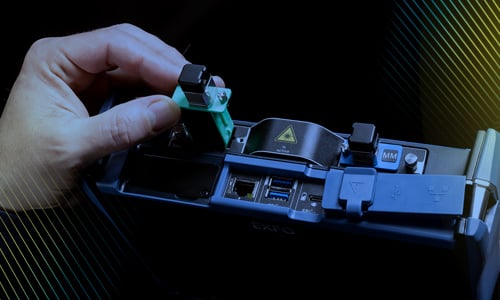Pushing high-speed testing beyond embedded BERT
At first glance, the embedded bit-error-rate test (BERT) seems like an easy solution to assuring the integrity of high-speed data transmission. But unfortunately, embedded BERT has too many limitations to be a viable solution in today’s 100G networks.
Embedded system tests use the data transmitter to send a limited pattern to the receiver in order to calculate the BER, and therefore the transport link is only qualified at layer 1. A BER test is too simple for complex high-speed networks, especially since most critical issues (e.g. latency, frame loss and packet jitter) and service-level-agreement (SLAs) metrics occur layers other than layer 1. For this reason, today’s operators and service providers have to test every layer up to layer four, or even higher.
Now, if only restrictive layer-1 testing was the only problem. Other significant problems include limited troubleshooting capabilities, lack of CFP qualification, poor vendor interoperability and a hard-to-use user interface.
This may leave you wondering what other options are available. Multiservice testing equipment is key to assessing the integrity of data commissioning and turning up high-speed networks. The equipment must be flexible enough to use with various vendor interfaces, offer a broad test suite, and include all of the required tests based on high-speed standards.
For more information about testing the integrity of high-speed-network data transmission, read our Application Note 295, which is specifically dedicated to this subject.




